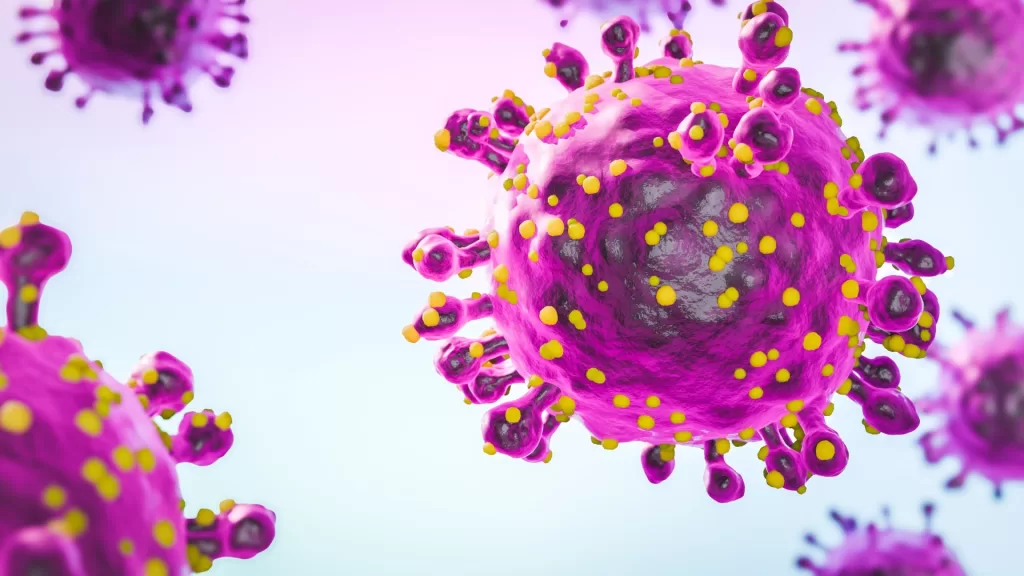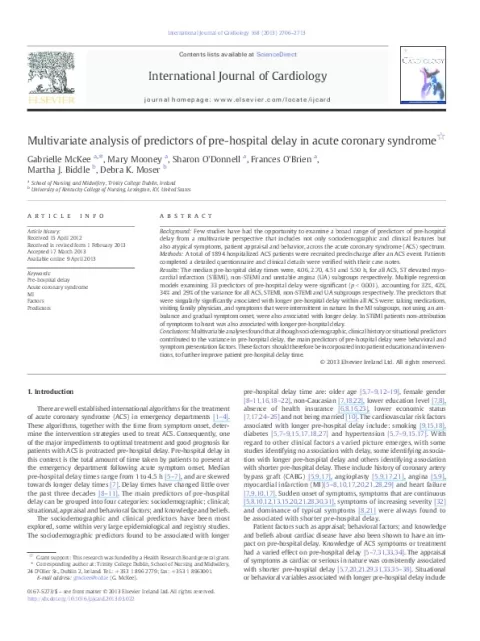The Oropouche virus is an emerging vector-borne disease that has recently caught the attention of health professionals and travelers alike, due to its increasing outbreaks in regions such as South America and the Caribbean. Characterized by mild symptoms including fever and headache, the Oropouche virus can pose significant health risks for those visiting endemic areas. With the rising number of Oropouche virus cases reported among travelers returning to North America, understanding Oropouche transmission dynamics has become crucial. Preventive measures, such as using insect repellents and wearing protective clothing, are vital in mitigating the risk of infection during travel. As researchers continue to study the symptoms of Oropouche and potential treatments, awareness and prevention remain key to combating this emerging health threat.
The emergence of this mosquito-borne illness, often linked to outbreaks within specific regions, highlights the importance of vigilance for anyone traveling to areas where the Oropouche virus is prevalent. Known for its transmission through infected biting midges, individuals may experience a range of symptoms that necessitate awareness and understanding for effective management. Preventive strategies against the Oropouche virus include employing various measures to protect oneself from insect bites, ensuring safer travel experiences. Notably, despite the generally mild nature of Oropouche infections, complications can arise, necessitating further investigation into the risks associated with this virus. Overall, maintaining knowledge about this emerging pathogen is essential for travelers and health professionals alike.
Understanding Oropouche Virus Outbreaks
Oropouche virus outbreaks have increasingly affected several regions in the Caribbean, Central, and South America. Since the late 2023 spike, a notable increase in cases has been documented among travelers returning to Canada and the United States from infected areas like Bolivia, Brazil, Cuba, and Peru. These areas are not just haunted by the Oropouche virus but also by a host of other serious viruses, including Zika, malaria, dengue, and chikungunya. The resurgence of Oropouche virus cases in travelers highlights the interconnection between global travel and the spread of infectious diseases, emphasizing the need for heightened awareness and preventive measures while visiting endemic regions.
Although conditions in the United States are not conducive to sustained Oropouche virus transmission, owing to regional climate differences and low populations of biting vectors like midges and mosquitoes, the risks of infection still loom large for the unprepared traveler. The possibility of even a few cases cropping up due to the travel history of individuals returning from affected countries warrants increased vigilance from public health authorities and the medical community.
Symptoms of Oropouche Virus Infection
Identifying the symptoms of Oropouche virus is crucial for timely diagnosis and treatment. After an incubation period ranging from three to ten days, patients may experience mild symptoms or remain asymptomatic altogether. Common signs of Oropouche infection include fever, chills, headache, and muscle aches, typically lasting between two and seven days. Less common symptoms can cause significant discomfort and include dizziness, nausea, vomiting, severe abdominal pain, and severe hemorrhagic symptoms such as epistaxis and gingival bleeding.
It’s important to note that approximately 60% of patients may experience a recurrence of symptoms within days to weeks after initial recovery. Rare but severe manifestations of the infection—such as maculopapular rashes and aseptic meningoencephalitis—should be considered when assessing a patient’s history, especially in the context of visiting endemic regions. With the potential for adverse pregnancy outcomes similar to those linked with Zika virus infection, timely diagnosis of Oropouche virus symptoms becomes even more critical.
Transmission Dynamics of the Oropouche Virus
The primary vectors for Oropouche virus transmission include the **Culicoides paraensis** biting midges and **Culex quinquefasciatus** mosquitoes. Importantly, unlike some other mosquito-borne viruses, biting midges are not known to spread dengue, Zika, or chikungunya, making them unique vectors. The presence of **Culex ququefasciatus** mosquitoes, which can transmit West Nile and St. Louis encephalitis viruses, adds another layer of complexity to the transmission dynamics of the Oropouche virus. Despite their presence in southern U.S. states, local Oropouche virus transmission has not been reported, reducing immediate concerns domestically.
A noteworthy discovery in recent studies is the detection of replication-competent Oropouche virus RNA in the semen of individuals who have traveled to endemic regions. This finding raises concerns about potential sexual transmission of the virus, as RNA was found to persist in bodily fluids for an extended duration. Further research is warranted to fully understand the implications of this mode of transmission and how it might affect public health strategies.
Effective Preventive Measures Against Oropouche Virus
Preventing Oropouche virus infection requires a multifaceted approach, particularly for travelers visiting endemic areas. Individuals are advised to follow stringent preventive measures, including the use of mosquito nets, wearing long-sleeved clothing, and applying chemical insect repellents like deltamethrin, icaridin, or DEET. These strategies not only reduce the risk of Oropouche virus but also protect against other mosquito-borne diseases prevalent in these regions.
Diagnosing Oropouche infection typically involves polymerase chain reaction (PCR) tests on blood and urine samples taken shortly after symptom onset. Healthcare providers should remain vigilant for abnormal laboratory findings such as lymphopenia or elevated liver enzymes associated with the infection. At this time, there are no vaccines or specific antiviral treatments available, making preventive measures even more critical in curbing the spread of this emerging virus.
Current Government Guidance on Oropouche Virus
As the Oropouche virus continues to pose a significant public health threat, government agencies are actively monitoring and responding to outbreaks. The Pan American Health Organization (PAHO), along with the World Health Organization, emphasizes the need for proactive measures, especially for travelers to areas experiencing outbreaks. The importance of government guidance cannot be overstated as travelers must stay informed about the risks associated with Oropouche and similar viruses.
The Public Health Agency of Canada has issued clear recommendations advising travelers to take precautions against insect bites and avoid endemic areas when possible. Pregnant individuals or those considering pregnancy should also weigh the risks of travel to regions where Oropouche outbreaks are reported. By adhering to current government guidelines, travelers can significantly reduce their exposure to the Oropouche virus and protect their health.
Frequently Asked Questions
What are the symptoms of Oropouche virus?
The symptoms of Oropouche virus typically appear 3 to 10 days after exposure, including fever, chills, headache, and myalgia. Less common symptoms may involve dizziness, nausea, severe abdominal pain, or hemorrhagic signs like epistaxis and gingival bleeding. Even after recovering, about 60% of patients may experience relapse of symptoms in the weeks following the initial illness.
How is Oropouche virus transmitted?
Oropouche virus is primarily transmitted through bites from infected **Culicoides paraensis** midges and **Culex quinquefasciatus** mosquitoes. These insects are prevalent in areas where Oropouche outbreaks occur, but local transmission in the U.S. is not reported. Recently, there are concerns that Oropouche may also be transmitted sexually, as viral RNA has been detected in semen.
What preventive measures can reduce the risk of Oropouche virus infection?
To reduce the risk of Oropouche virus infection, travelers should use mosquito nets, wear long-sleeved clothing, and apply insect repellents like DEET or icaridin. Being vigilant against insect bites is crucial in areas experiencing Oropouche outbreaks. Additionally, pregnant individuals are advised to reconsider travel to endemic regions.
What are current concerns regarding Oropouche virus outbreaks?
Recent Oropouche virus outbreaks in the Caribbean and South America pose risks to travelers, especially Canadians and Americans returning from endemic areas. There is a potential for simultaneous infections with other viruses like Zika and dengue in these regions, emphasizing the importance of preventive measures and health awareness.
Is there a treatment for Oropouche virus?
Currently, there is no specific antiviral treatment or vaccine for Oropouche virus. Treatment is supportive, focusing on relieving symptoms, with acetaminophen recommended for pain management instead of nonsteroidal anti-inflammatory drugs.
How can Oropouche virus affect pregnant individuals?
Oropouche virus infection may lead to adverse pregnancy outcomes, such as microcephaly and other birth defects. However, the virus is not transmitted through breastfeeding, allowing infected mothers to continue nursing their infants.
What is the risk of Oropouche virus in the United States?
Although Oropouche virus is spread by certain mosquitoes present in the U.S., sustained transmission is unlikely due to climatic differences and the low population of the relevant insect species. Nonetheless, travelers returning from endemic regions may bring the virus back.
| Key Point | Details |
|---|---|
| Oropouche Virus Overview | Emerging virus with outbreaks reported in Caribbean, Central and South America. |
| Symptoms | Common symptoms: fever, chills, headache, myalgia; severe cases may lead to rash, meningitis, or death. |
| Transmission | Spread by bites from infected biting midges and mosquitoes, with no local transmission reported in the U.S. |
| Prevention methods | Use of mosquito nets, insect repellents, and wearing protective clothing recommended. |
| Diagnosis | PCR testing of blood and urine samples is the primary diagnostic method. |
| Treatment | No specific antiviral treatment available; supportive care recommended with acetaminophen for pain relief. |
| Current Guidelines | Travelers advised to take precautions; pregnant women should avoid areas with outbreaks. |
Summary
The Oropouche virus is an emerging health concern, particularly for travelers visiting regions where this virus is endemic. Symptoms can range from mild to severe, and transmission occurs primarily through the bites of infected insects. Preventive measures include the use of insect repellents and protective clothing. As research continues, awareness and precaution are essential to mitigate risks associated with Oropouche virus outbreaks.
The content provided on this blog (e.g., symptom descriptions, health tips, or general advice) is for informational purposes only and is not a substitute for professional medical advice, diagnosis, or treatment. Always seek the guidance of your physician or other qualified healthcare provider with any questions you may have regarding a medical condition. Never disregard professional medical advice or delay seeking it because of something you have read on this website. If you believe you may have a medical emergency, call your doctor or emergency services immediately. Reliance on any information provided by this blog is solely at your own risk.







